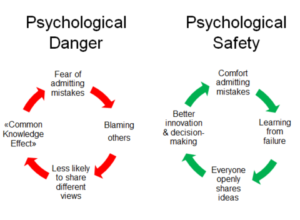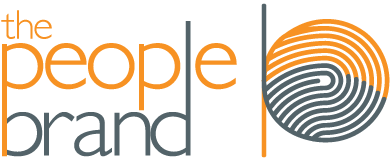 LinkedIn is asking what topics, ideas and conversations people think will define 2018, and they’re gathering them into a collection called #BigIdeas2018.
LinkedIn is asking what topics, ideas and conversations people think will define 2018, and they’re gathering them into a collection called #BigIdeas2018.
The list of topics will undoubtedly include things like artificial intelligence (AI), automation, creativity, innovation, market disruption and leadership.
Leadership? That’s not a new topic, so you may wonder why it would be a topic for 2018. One reason is because of the other topics listed.
AI and the automation of jobs enable machines to be more productive than humans in routine tasks. This means it’s more important than ever for people to emphasize what we do better than machines. This includes creativity. Creativity is the process that generates innovation. This innovation is needed for startups to disrupt markets, and for mature companies to reinvent themselves and survive these disruptions.
It’s not enough to talk about these topics. God knows we have been talking about leadership and creativity ad nauseam. Actually, we have been talking about leadership OR creativity. As two topics.
2018 will be a year about leading FOR creativity.
This means leaders will be focusing on fostering greater creativity within their people.
Not because it’s a fun buzzword.
Not just to attract millennials.
Not in order to be avant garde.
Leaders will foster creativity because it is needed. Research bears this out.
Jim Clifton, CEO at Gallup, saw this coming years ago.
Globalization — which many Americans didn’t see coming at all — forced us into all kinds of losses and made us tighten up. Everybody Six Sigma’d and TQM’d, and everybody had to run a tighter ship. All of a sudden, car companies — and other U.S. companies — cared about productivity. What we found is that if you don’t use ideas, you can only sell with price, and that’s a dead end. Now, companies are beginning to depend upon ideas. If you’re more creative than your competitors, you have value today.
– Jim Clifton, Gallup CEO
Others see a growing need for creativity in the workplace.
77% of people feel creativity is a critical 21st century job skill.
– SteelcaseCreativity and the Future of Work Survey, 2017
But most workplaces were built around productivity. As much as individuals may want to be creative and have the ability to innovate, their environments discourage creativity. This is why it is important for leaders to transform their workplace environments so they foster creativity.
Despite the perceived benefits of creativity, 61% of companies do not see their companies as creative.
– Forrester, The Creative Dividend, 2014
There is thus a need for bolder leadership and strategic action within companies and within and across industries…
– World Economic Forum, The Future of Jobs
How can leaders improve the creative capacity of their workplaces?
- Ensure the workplace is DESIGNED to support creativity.
“We’re starting to see movement away from the traditional corporate office toward workplaces that are more like creative studios —a plurality of spaces, each designed to support people and the technologies that can make their work easier.”
– James Ludwig Vice President, Global Design, Steelcase
- Foster a sense of psychological SAFETY that encourages creativity.
Two years of research by Google identified psychological safety as the only distinction between innovative and non-innovative teams.

- Invest in Developing Creative-Thinking Skills
This can include purchasing books for employees, holding workshops, or sponsoring courses like IDEO U or Seth Godin’s altMBA. By investing in developing creative-thinking skills, not only is there an amplification of ability, but you send a message to employees that these skills are valuable to the organization.
Ultimately, 2018 will be a year of “leading for creativity” because the markets and our people need greater creativity. Leadership has to change, because we need leaders who aren’t afraid to embrace creativity and use it to transform the world around us.
